Some types of pests can affect plants, both outdoors and indoors. Nobody likes pests that feed on the beautiful leaves of their indoor houseplants or other garden plants. Spider Mites are a species that targets both plants. Spider Mites are one of the terrifying things about gardening. There are more than 1000 species of these mites. Let’s check out how to get rid of Spider Mites on indoor plants below.
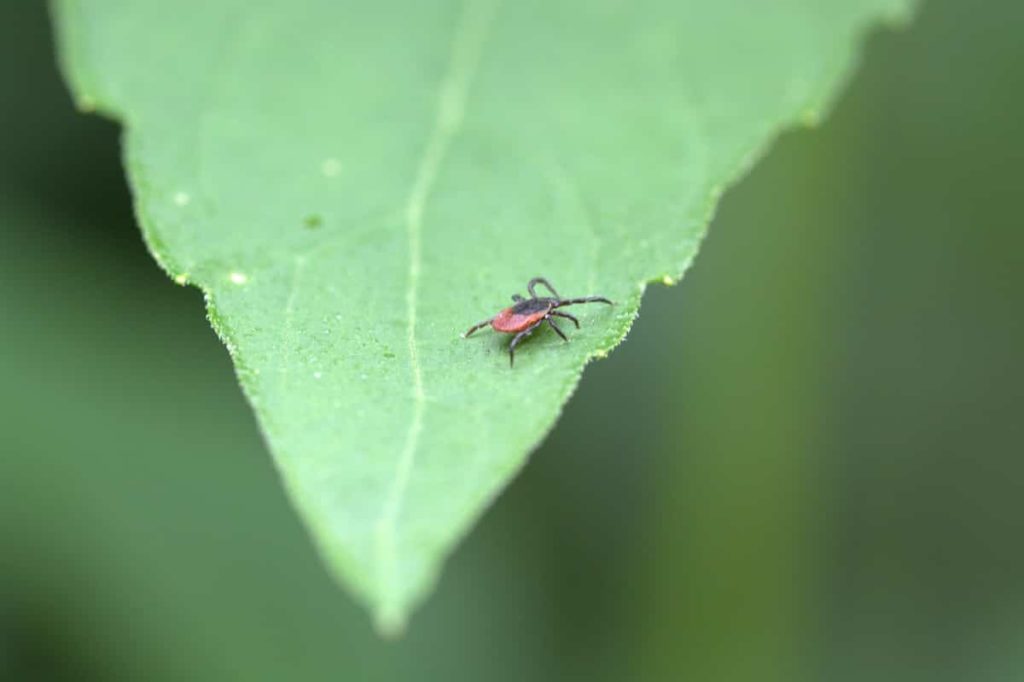
Plant spiders are commonly called Spider Mites when they are very small. They mainly eat by puncturing plants or damaging plant cells. Once a plant is infected with these pests, proper prevention is needed, such as pesticides. Spider Mites affect more than 100 types of plants. When viewed with the naked eye, they appear as small-granular spider-like beings. These mites got their name because of their habit of silk webbing.
The Spider Mite’s life cycle is reliable on the climatic conditions in which it lives. Spider Mites’ populations are very similar to aphids and thrips because they are common pests that have strength in number. It does not only do they feed the plants, but they also weave webs around the leaves and stems of the plants. So, it’s essential to identify, control, and prevent Spider Mites overall.
How to get rid of Spider Mites on indoor plants
General characteristics of Spider Mites
Spider Mites are small bugs that can attack many different plants and can be a significant problem for indoor plants. Often, they look like tiny white spiders on plants, but they can also appear to be tan, red, or black. They make spider webs on houseplants, which they use to protect and crawl on. Spider Mites are not noticeable until their population explodes because they are so small. You’ll likely first see webbing on plants and then see mites when you look closely. It will look like tiny spiders are crawling all over your plant.
Early signs of Spider Mites
You first notice patterns of silver dots or stippling on your plant’s leaves. Looking closely, you’ll see small, delicate nets in the corners of the stems or under the leaves that look like tiny white dots scattered throughout the section. These are Spider Mites. You should not see mites until their population explodes; these species come in brown and red. Other signs are brown spots and holes in the leaves where these annoying critters have chewed directly.
In case you missed it: Bottle Gourd Pests, Diseases (Lauki), Control
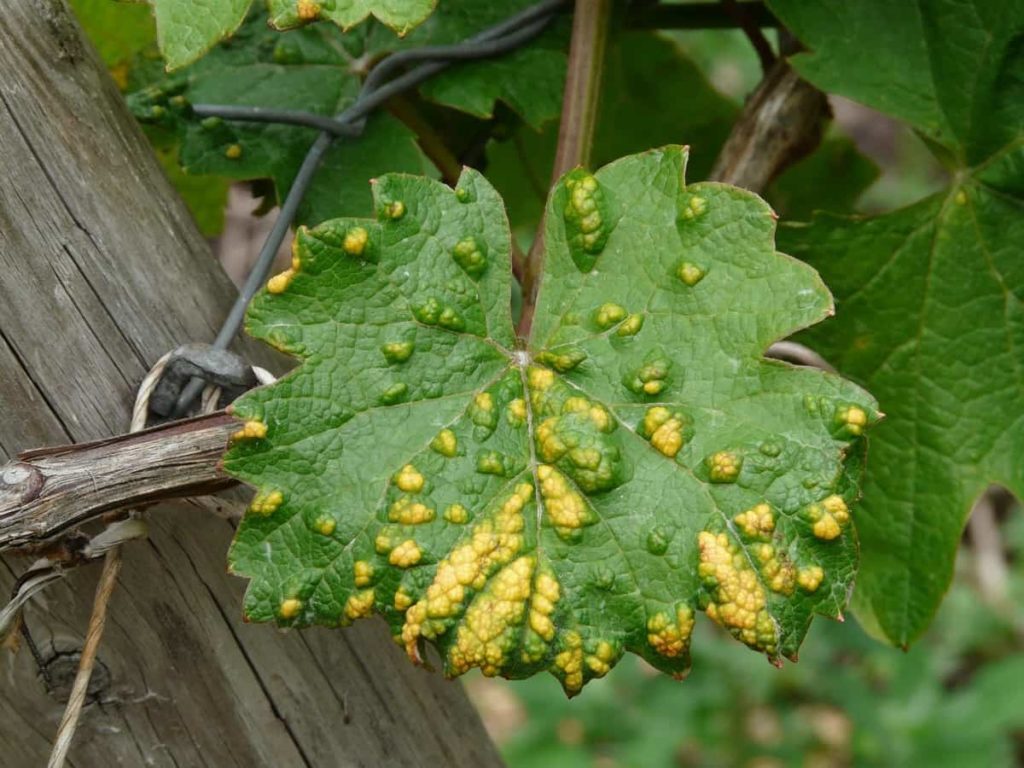
How to identify Spider Mite damage
Other insects can cause similar problems, so ensure you deal with Spider Mites before planning your eviction campaign. Placing a sheet of white paper or a paper plate under the leaves where you suspect an infection. Next, tap the leaves; if mites are present, you’ll notice that small spots fall on the paper and scurry around.
Spider Mite life cycle
Spider Mites grow very quickly and, under the right conditions, can double their population every two weeks. Spider Mites grow fully about a week after hatching. Mites take a few weeks for an adult female to lay hundreds of eggs, and those eggs start to hatch. The result is that their population has increased rapidly in a very short time. Since eggs are invisible to the naked eye and adults are minuscule, most people do not discover Spider Mites on their houseplants until the population explodes.
Can Spider Mites come from the soil?
Both soil and Spider Mite species are different types and harm your plants differently. Different types of insects require different methods of pest control. Soil mites can only spread to your plant if you use recycled soil. When it comes to Spider Mites often target large plants, providing them with ample eating space. They prefer plants that produce more nitrogen, i.e., plants with higher amounts of nitrogen and phosphorus are prone to these pests.
Where do Spider Mites come from?
Spider Mites are windsurfers that spread over vast areas by webbing in the air. They are also not noticed by the screens on the windows and doors due to their mobility and small size. The most common place to hide Spider Mites is on other plants. When you buy a new house plant, quarantine it for a week or two before placing it close to other plants. Keep an eye on it and wipe the leaves with a damp cloth. Spider Mites also come on us and our pets in our homes, but there’s not much we can do about this situation.
In case you missed it: Squash Plant Diseases, Pests and Control Methods
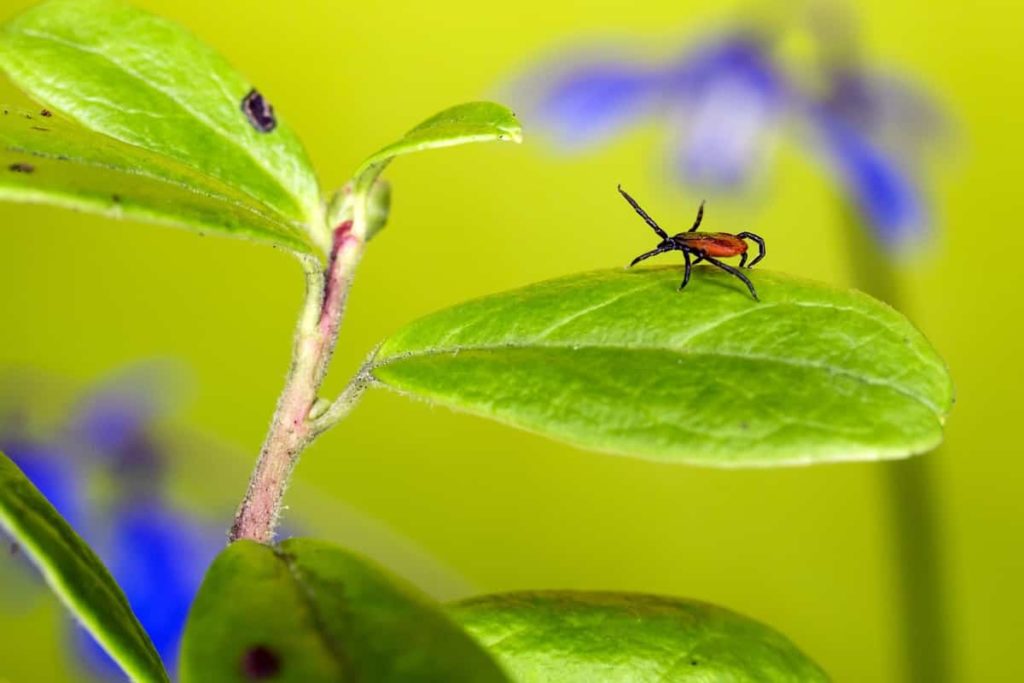
Favorable conditions for Spider Mites
Spider Mites prefer hot, dry weather and dusty conditions. Drought conditions are perfect for their proliferation. They also love plants that have high amounts of nitrogen, phosphorus, and carbohydrates in their cell tissue. This is why irrigation in commercial fields in otherwise dry areas makes it an ideal breeding ground for Spider Mites.
With this in mind, drip irrigation can also promote conditions for Spider Mites, as watering them at the base of plants does not wash them away. Spider Mites are a big problem on underwater plants in indoor growing areas. Too many nutrients can make your plants more susceptible to Spider Mites. If you apply too much nitrogen, your plants are more likely to be attacked by Spider Mites and other insects.
Indoor plants that are resistant to Spider Mites
Spider Mites feed on the plant’s internal fluids, including chlorophyll. If Spider Mites have a large population on a particular plant, they can easily cause large-scale discoloration and growth stunting. In particular, indoor plants are beautiful to Spider Mites because they are protected from rainstorms and outdoor predators. No indoor plants are entirely resistant to Spider Mite infection. However, you can choose specific plants with thick leaf structures so Spider Mites can’t easily damage the plant.
Methods to get a ride of Spider Mites
- Physical control – If you see a problem with these pests’ plant parts, you get rid of them using physical methods. If mites are limited to a small number of leaves, you may be able to cut the affected tissue. Before you start removing the leaves, make sure you think about how this cutting will affect the growth of your plant.
- Biological control – Spider Mites have several different natural enemies. You can also release some of these natural predators. At the same time, these predators work better as preventative than control methods. Since predatory insects feed on Spider Mites, they will leave when they wipe out pests and have nothing to eat. To keep predator mites around, you’ll need to release them more than once.
- Chemical control – If physical and biological methods aren’t controlling mites, you can turn to chemical control. As with all kinds of chemical control, organic and synthetic chemicals are available for Spider Mite control. There are many different products within each group.
In case you missed it: Beans Pests and Diseases, Control Methods
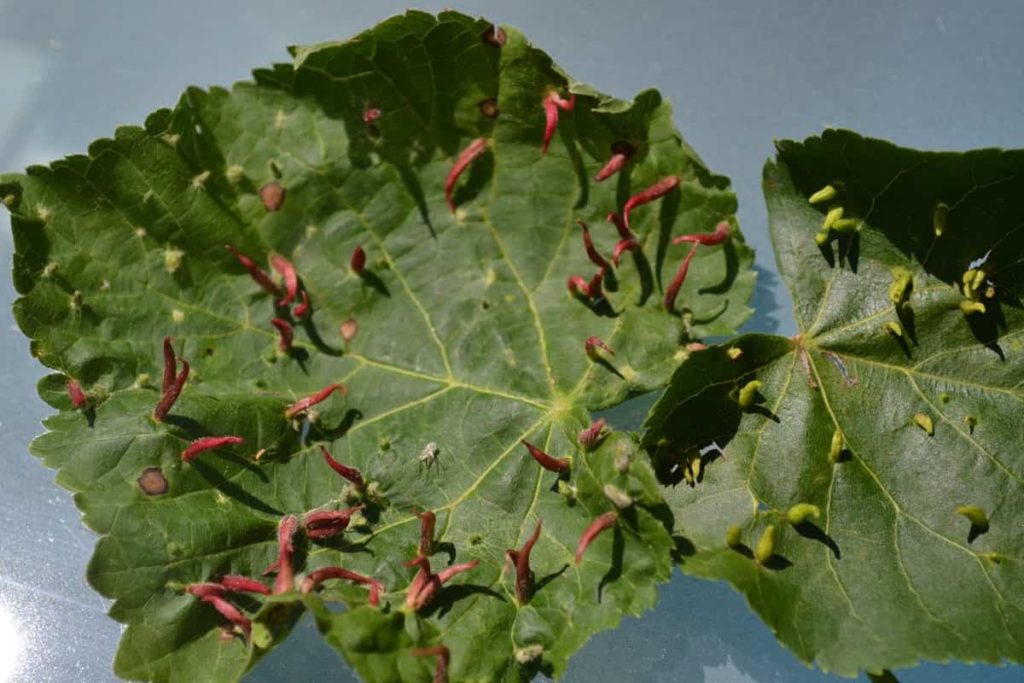
How to control Spider Mites indoors?
Prune and isolate
- When you discover Spider Mites, keep the plant away from other plants. You can try cutting out visible webbing parts and disposing of them quickly and carefully. After, you can use one or more methods to treat the rest of the plants. Remember to clean and disinfect the area where the plant was before moving and your hands afterward.
- Get rid of pests by removing heavily infected leaves. Place the leaves in a plastic bag, seal the bag well, and dispose of them. If the whole plant (especially the houseplant) is affected, throw the plant out. Disposal helps prevent other plants from getting infected.
Keep humidity levels high
- Since Spider Mites thrive in dry conditions, you should keep the air around your plants moist is the best way to prevent Spider Mites. Ensuring your plants are adequately watered is essential to keep them well hydrated.
- Regularly misting houseplants helps prevent Spider Mites. You can also try leaving a water container near the plant or using a humidifier to help maintain moisture around your plants. If it’s really dry in your home, get a cheap indoor humidity monitor to ensure the air around your home plants isn’t too dry.
Plant-based miticides
- Pyrethrum– Derived from a Chrysanthemum relative, this miticide is perfect to begin with. Some mite species may resist it, so keep an eye on your plant after spraying.
- Cinnamite – This miticide is derived from Cinnamon oil and is non-harmful. It won’t kill eggs, but it’s effective for killing adult Spider Mites. Spray on your plant every three days to ensure you get them all.
- Neem oil – Neem oil is an effective treatment for all pests. It’s derived from neem-evergreen tree nuts and will not only treat the problem you’re facing right now but also provide some repellent for new critters afterward. You must re-apply neem oil regularly as it takes time to become effective.
- Rosemary oil – You’ll need to dilute rosemary oil with water; it can also be an effective treatment for Spider Mites, particularly for herbs and plants you want to harvest and eat later, as it’s non-toxic to humans.
- To make your DIY Spider Mite Spray, fill a spray bottle with a few drops of water and your chosen oil from the Chamomile, Coriander, Spearmint, and Rosemary, and apply it to the leaves of your infected plants.
- Extracts from Peppers were tested for poisonousness against Spider Mites. Bell Peppers, Jalapenos, Chile, and Cayenne Peppers killed about 45% of adult Spider Mites. Other types of Pepper, such as Lemon drop Peppers and Bishop’s Crown Peppers, also repel Spider Mites.
In case you missed it: Lady Finger Plant Diseases, Pests, Spacing (Okra/Bhindi)
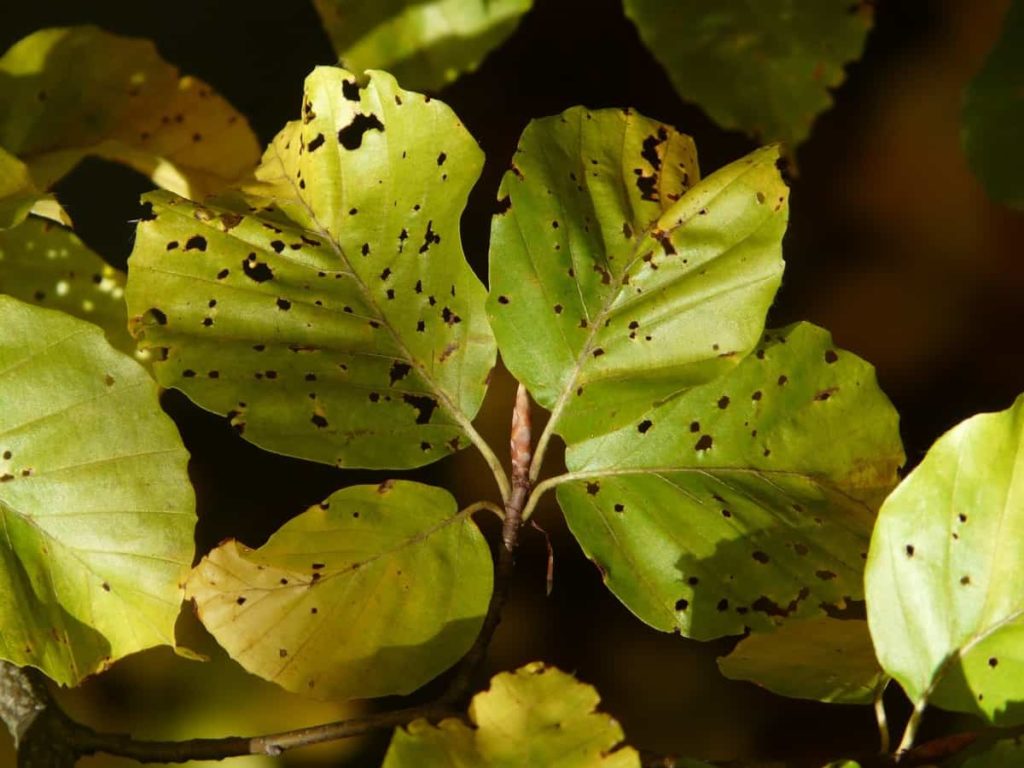
Natural predators
Avoid using pesticides to encourage lacewings, thrips, ladybugs, and predatory mites to stay around. You can order live predator mites and insects online for your indoor plants. Leave them in pots. These predatory mites and insects can eat hundreds of mites daily and don’t threaten plants, people, or pets.
Other home remedies
- Dish soap– Mix three tablespoons of dish soap with a gallon of water to kill Spider Mites. Fill a spray bottle and spray soap solutions on the leaves of infected plants weekly as needed.
- Rubbing alcohol – Soak the cotton balls in rubbing alcohol and wipe on the leaves of infected houseplants. Let either dish soap or rubbing alcohol sit on the plants for a few hours, then rinse the leaves thoroughly with water.
- Sprinkling water from the garden hose will also help wash away any Spider Mites that may have avoided the effects of homemade repellents. However, washing Spider Mites is a temporary solution because these plant pests can return after each rinse.
- Mix 1 tablespoon of crushed Cinnamon, one tablespoon of crushed Cloves, and two tablespoons of Italian seasoning in a quarter of water. Boil the water, and turn off the flame. Add a splash of dish soap to your mixture and pour it into a spray bottle. Stir well and spray under the leaves with your miticide every three days for a few weeks.
- Vinegar is highly acidic and, therefore, can be used to kill Spider Mites. To prepare the solution, dilute some vinegar in water and spray it on your infected plants.
In case you missed it: Vegetable Pests and Diseases – Control Methods
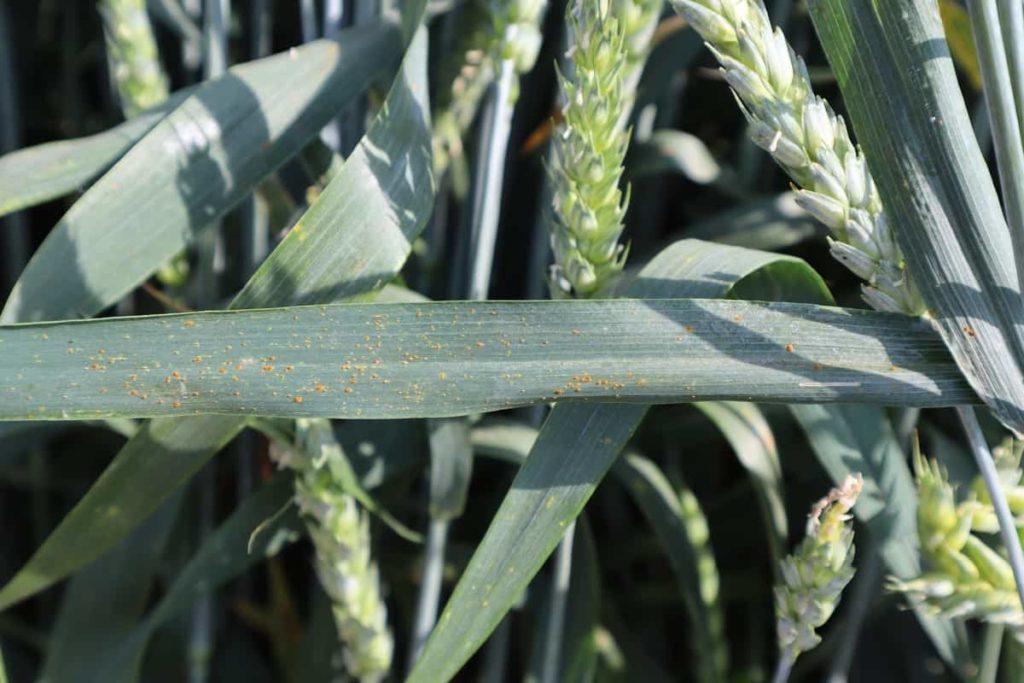
Conclusion
Spider Mites are small pests that attack the leaves and fruits of plants with their sucking mouth parts. Spider Mites grow faster in hot and dry conditions and the right conditions. To control these mites, you should take action as soon as you see something. You must use physical, biological, and chemical methods to control Spider Mites. However, chemical control may be your only option if the infections are severe.
- Flower Garden Designs and Layouts for Beginners
- Planting and Spacing Techniques in Papaya: A Beginner’s Guide
- Growing Gold: Essential Techniques for Planting Pineapples
- How to Make Kalanchoe Plant Bushy: Home Remedies and Solutions
- 11 Reasons Why Your Gardenia is Not Blooming: Home Remedies and Solutions
- Eco Elegance: The Guide to Designing a Drought-Tolerant Landscape
- Gardening on a Slope: Strategies for Hillside Landscaping
- Nourish and Flourish: Top Organic Mulches for Thriving House Plants
- Everything You Want to Know about Indian Mogra Flower: Discover Uses and Growing
- Green Thumb Success: Expert Tips for Cultivating Greenhouse Pumpkins All Year Round
- Maximize Growth & Flavor: The Ultimate Guide to Companion Planting in Herb Gardens
- How to Control Rhododendron Problems Naturally: Home Remedies and Organic Ways to Fix Them
- Natural Magic: The Remarkable Benefits of Cinnamon for Plants
- Best Steps to Revive Dying Tulip with Natural and Organic Treatment
- 10 Reasons Why Your Angel Trumpet is Not Blooming: Remedies and Treatment
- How to Fix Periwinkle Leaf and Flower-Related Problems: Natural Remedies and Solutions
- How to Fix Zinnias Leaf and Flower Problems: Discover Natural and Home Remedies
- Organic Steps to Induce Lemon Tree Flowers: A Comprehensive Guide
- Bloom Booster: Crafting the Perfect Homemade Bougainvillea Fertilizer
- Optimizing Growth: A Guide to Applying NPK Fertilizer for Potted Plants
- 10 Best Homemade Fertilizers for Rubber Plant: DIY Recipes and Application Method
- How to Boost Female Pumpkin Flowers: Effective Steps for More Flowers and High Yields
- Transform Your Indoor Garden: Top Benefits of Pink Salt for Houseplants
- 10 Best Homemade Fertilizers for Peacock Plants (Calathea): Easy DIY Guide
- Unlock Blooms: 9 Reasons Why Your Potted Chrysanthemum is Not Blooming
- 8 Reasons Why Your Potted Hibiscus is Not Blooming: Fix it with Simple Solutions
- Unlock Blooms: 9 Key Reasons Your Potted Frangipani Won’t Flower
- 10 Reasons Why Is My Ice Plant Not Blooming: Remedies and Treatment
- 10 Reasons Why My Potted Hydrangea Not Blooming: Treatment and Remedies
- 10 Reasons Why is My Wisteria Not Blooming: Remedies and Treatment
- 10 Reasons Why is My Goldfish Plant Not Blooming: Remedies and Treatment
- Maximize Your Space: Ultimate Guide to Balcony Gardening with Grow Bags
- 10 Reasons Why Your Iris is Not Blooming: Remedies and Treatment
- 10 Reasons Why Your Anthurium Plant is Not Blooming: Treatment and Remedies
- 10 Reasons Why Your Aquaponic Plants Are Not Flowering: Remedies and Treatment
- 10 Reasons Why Your Agapanthus is Not Flowering: Remedies and Treatment